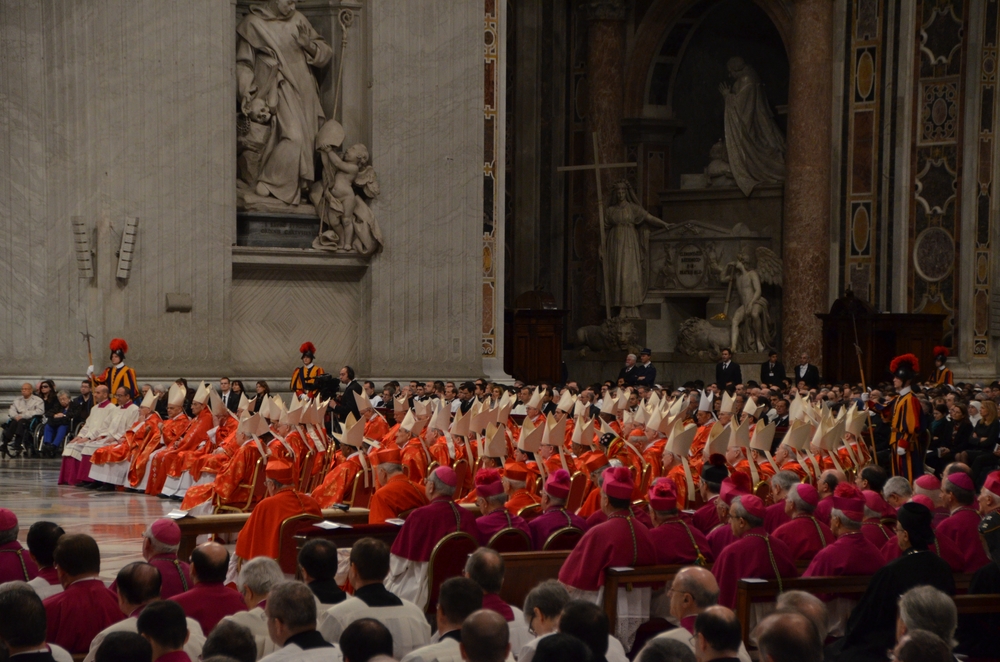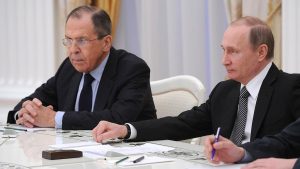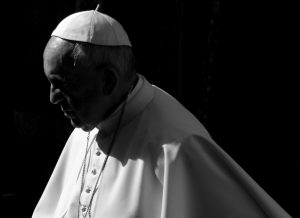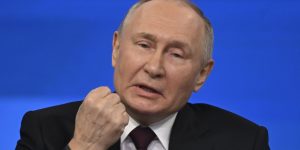As Vatican prepares for a new election, past conclaves offer lessons in drama, delay, and reform
Others are reading now
With the funeral of Pope Francis approaching and the College of Cardinals preparing to elect his successor, attention is turning once more to the centuries-old conclave process—a tradition steeped in ritual, secrecy, and occasional controversy.
The next conclave is expected to begin around May 6, following nine days of mourning.
Approximately 135 cardinals under age 80 will gather in the Sistine Chapel to choose a new pope—108 of whom were appointed by Francis himself.
The Longest and the Fastest
The process has not always been smooth. The longest conclave in Church history took place between 1268 and 1271, lasting 33 months.
Also read
Frustrated by the delay, locals in Viterbo tore the roof off the cardinals’ meeting hall and limited their food to bread and water until they finally elected Pope Gregory X. He responded by codifying new rules to avoid such debacles.
In contrast, the fastest modern conclave adhering to official timing rules saw Pope Julius II elected in 1503 in just a few hours.
Today, conclaves observe a mandatory waiting period—now 15 days after a pope’s death—to allow all electors to arrive in Rome. During voting, cardinals are secluded from the outside world until a new pope is chosen.
Francis’ Legacy and a Global Shift
Pope Francis transformed the composition of the College of Cardinals, reducing European dominance and giving greater voice to leaders from Latin America, Africa, and Asia.
As reported by HotNews.ro, just 59 of the 135 electors now come from Europe, compared to 37 from the Americas, 20 from Asia, 16 from Africa, and 3 from Oceania.
The list of likely candidates—or “papabili”—includes Vatican Secretary of State Pietro Parolin, Bologna Archbishop Matteo Zuppi, Filipino Cardinal Luis Tagle, Congolese Archbishop Fridolin Ambongo, and others from a diverse global background.
But not all of Francis’ appointees share his vision.
Conservative figures like German Cardinal Gerhard Ludwig Müller and a cohort of traditionalist African and American bishops are expected to resist further liberal reforms.
As the Church prepares for its next chapter, the conclave promises to be not just a religious ritual, but a decisive moment in the future of Catholicism’s global identity.








